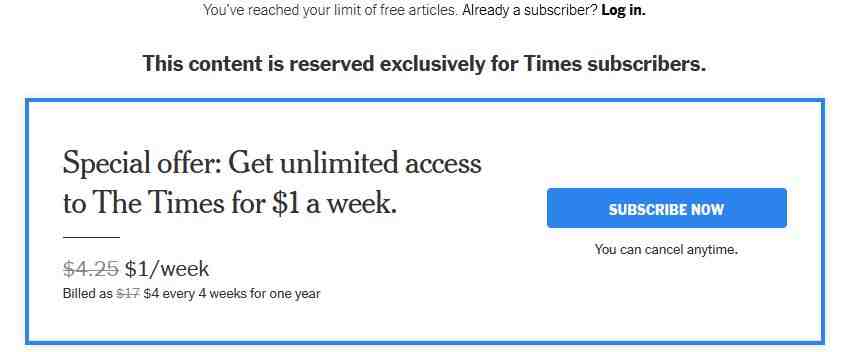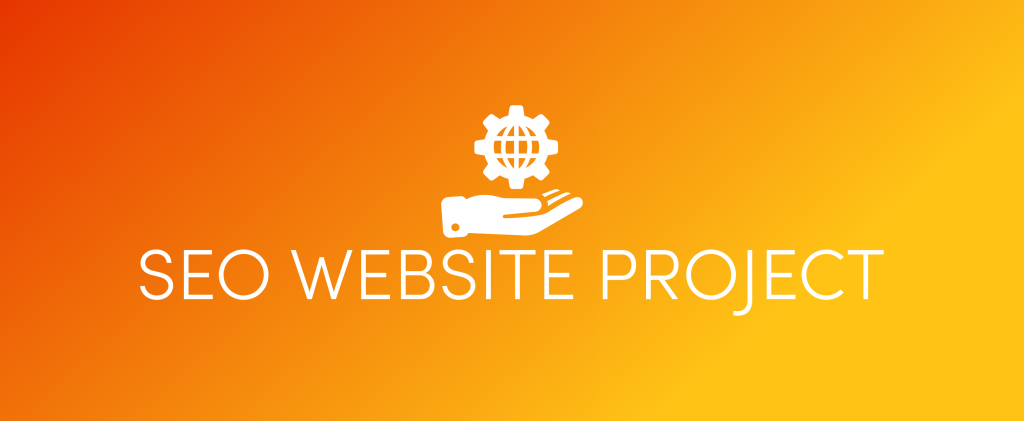Anyone who has dealt with SEO for a while has heard the myth about over 200 Google ranking factors.
To be fair, the number 200 might have been quite accurate when former Googler Matt Cutts first mentioned it over a decade ago.
Much has changed since then, and it is unlikely that anyone knows the actual number of ranking factors written in Google’s algorithm.
That said, not all ranking factors are created equally.
If you simply focus on the eight most important factors that have the greatest impact, you will be successful. These factors include:
Here’s the problem: it only works if your content is visible to Google and available to readers.
What if you put the paywall in front of your content creating an extra step? Let’s take a look at how to do SEO for member sites in 2022.
Contents
- 1 Why Put Your Content Behind A Paywall?
- 2 What Does Google Have To Say About Paywalled Content?
- 3 So Which Of The Three Is The Best Option?
- 4 Balancing Free & Premium Content
- 5 The “Fred” Update & The Difference Between Premium & Gated Content
- 6 Technical SEO Considerations For Paywalled Content
- 7 Conclusion
Why Put Your Content Behind A Paywall?

The obvious question is, why put your content behind a paywall if it affects SEO in the first place?
That said, there are some benefits to it:
What Does Google Have To Say About Paywalled Content?

Whether your content is free or premium, you must follow Google’s guidelines.
The biggest problem with premium content owners is how to be visible in the search engine if their content is not freely available to all users.
To remedy this, Google initially introduced the First Click Free (FCF) principle.
This meant that, in addition to premium content, publishers had to host free content that users could access via Google search.
Suffice it to say that the publishers were not the biggest fans of this model and it was withdrawn in 2017 and replaced with “Flexible Sampling”.
Basically, the newer model gives publishers more freedom to decide how much content they want to make available to users for free and how they want to share it.
For flexible sampling, publishers can choose from three options.
Freemium
For the freemium model, some articles
n The site comes without a paid wall and some do.
In other words, it is a combination of gated and ungated content.
There is no specific rule for which content will be free and which will be premium, but usually publishers will use popular free content to take advantage of premium content and get people to subscribe if they want to read a possibly more detailed article.
Metered
Thanks to paid metered fees, a visitor can read a limited number of articles per month before being asked to subscribe. Usually there are three articles, but it could be, for example, five or just one.
This method is used by several famous websites including Medium, The New York Times, and others.
Once the limit is reached, you will see a prompt similar to the following to subscribe:
Author’s screenshot, February 2022
Hard Paywalls
The previous two methods are known as “soft” firewalls because they allow the visitor to see at least a few articles or even just part of the content.
In the case of “hard” paid walls, all contents are fenced off.
This means that the content cannot be searched or indexed by Google or other search engines. Of course, this makes it much harder to get new registrations, but if your content is of high value, your conversion rate can be much higher.
While probably the least liked of all paywall methods, hard paywalls are still used by some of the top websites in finance and other industries, such as the Wall Street Journal, Financial Times, and others.
Author’s screenshot, February 2022
So Which Of The Three Is The Best Option?

This largely depends on the purpose of the content.
News platforms such as the New York Times have had great success in the field of metered content. This model allows visitors to get a good idea of the quality of their content by providing full samples as “teasers” to entice users to subscribe.
For example, the NY Times introduced subscriptions measured as early as 2011, and today, a decade or so later, 7.6 million of the 8.4 million subscribers are digital, while only about 795,000 are print subscribers.
Here’s a chart showing how their digital-only subscriptions increased from 2011 to 2021:
Author’s screenshot, February 2022
The Freemium method makes sense for a site that already has a large and loyal reader base, different types of content, and exclusive content.
Balancing Free & Premium Content

Free content has a distinct advantage over premium content when it comes to organic search results due to its enormous amount. This does not mean that publishers of premium content will be deprived of free search.
In fact, it could be argued that engagement with SEO is MORE IMPORTANT with subscription sites as they have an additional hurdle (payment) to be removed.
Premium content publishers actually have two good options:
In other words, you can’t put any type of content behind the paywall.
Basic articles like “How to Optimize Your Site for SEO” count in the thousands (millions?) On the web and can be found for free with a quick Google search. Users have no reason or incentive to pay for this type of content.
On the other hand, if a publisher puts a lot of effort into discovering a need and then creating a solution in the form of a whitepaper, ebook or detailed article, it might justify putting their specialized content behind the paywall.
If the author of the content is a reputable expert, so much the better.
When deciding whether to gate content or not, it may be a good idea to consider the following three questions.
1. What Is The “End Game”?
Do you want to increase the number of subscribers or generate leads? If so, the content should probably be gated in some way.
However, if you want to generate more visitors and links, the gating approach will be counterproductive.
2. Is The Content Worth Paying For?
Put yourself in the shoes of the user and answer the question: “Is this content so valuable that I can pay for it or fill out a form?”
Be careful when answering this question. As a content creator or curator, pride in authorship can make it difficult to be truly impartial.
3. Is The Data Collected Worthwhile?
Another consideration when it comes to content gating is how this affects the user experience. The increase in the use of pop-ups and overlays is directly responsible for the increase in ad-blocking software.
In forcing users to submit personal information in order to access gateway content, the (sometimes large) percent of the collected data consists of fake recorder names and email accounts.
The “Fred” Update & The Difference Between Premium & Gated Content
In March 2017, Google introduced an algorithm update called Fred.
The basic idea was to reward sites that provided a positive user experience and to degrade sites for not enough high-quality content and heavy ads.
Fred also had the unintended consequence of downgrading some legitimate payment sites.
Technical SEO Considerations For Paywalled Content
One of Fred’s initial problems was that he had difficulty distinguishing paid content from hidden (masked) content. Since then, Google has come up with a solution: structured data.
In order for paid content to appear in Google search results, it must adhere to the Structure and Technique Guidelines.
Here is an example of how to flag paid content as compliant with Google’s guidelines:
Author’s screenshot, February 2022
The question is, “How is Googlebot able to read content behind the paywall?” For example, if you look at this article using “view source” you will see in your browser:
Author’s screenshot, February 2022
While the rest is for payment …
Namely, the website itself must use cloaking.
Send full text when Googlebot asks for a page using the User-Agent HTTP header, for example:
Author’s screenshot, February 2022
One last but important note: Smart searchers have learned that firewalls can be bypassed by going into the Google cache and reading content for free.
To prevent this, use the noarchive robots meta tag, which will prevent Google from showing a cached link to this page.
Conclusion
Paywalls are becoming more and more common on the web. They allow publishers to generate revenue by charging for access to articles or other content.
While they can be useful for delivering premium content, they also limit free access to information. Or, they can restrict search bots from accessing what they need to know to properly catalog your site.
We hope these tips will help you decide whether to use a paywall or how best to optimize it for search and profitable success.
Featured image: Marija_Crow / Shutterstock
